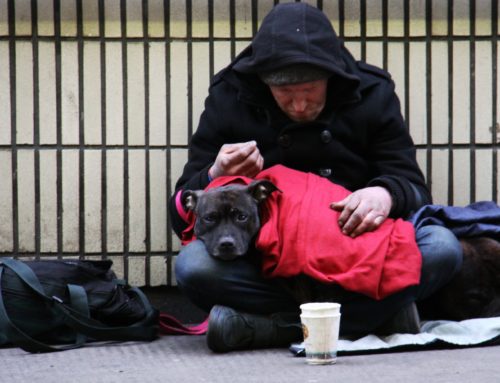A question I hear a lot when I’m talking about homelessness in New York, is: “why don’t the homeless just stay in shelters?” It is more complex than many New Yorkers imagine–both the problems and the purported solutions. For me, the more important question is: ‘why shelters at all?’
As someone who has spent a lot of time with the homeless–as a volunteer EMT and as someone who lived on the streets for 3 nights–I know firsthand how we have failed our homeless population. Providing shelters, both private and public, may seem like a solution for those who aren’t homeless, but for those who are, there are systemic problems. I agree with them, and here’s why:
- Shelters are expensive
- Shelters are unsafe
- Shelters often provide unfit living conditions
- Shelters have not been proven to work long-term
According to a Mayor’s Management Report, housing one homeless person as of last summer was nearly $100 a day. But aside from the monetary cost to New York taxpayers, there also exists the very real life-threatening dangers that face shelter dwellers. Because of these reasons, many homeless families choose the streets over shelters.
In 2015, incidents officially labeled as “violent” included 153 assaults, 65 cases of child abuse, 174 domestic violence incidents, and 90 allegations of sexual assault involving residents.
It’s no better in “cluster” shelters (private apartments and hotels converted to house the homeless) either. Though cluster shelters may have fewer incidences of violence, they’re often rat-infested, poorly managed (if managed at all), and lacking in basic accommodations like clean water. Because these shelters are privately-owned and exempt from fines, the incentive to address safety and health violations are lost on the owners and the city. Cluster landlords are not contractually bound to follow DHS’ lead. So, the residents have no recourse.
The conditions are so bad that Mayor Bill de Blasio commissioned the Department of Investigation (DOI) to investigate. The DOI spent four months inspecting 25 homeless shelters across the city, interviewed occupants and landlords, and evaluated the sites based on cleanliness, management, and integrity.
In the five clusters investigated across multiple boroughs including Queens and Brooklyn, the DOI found a total of 223 violations from the Fire Department of New York (FDNY), Department of Buildings (DOB), and Department of Housing Preservation and Development since 2012. Hotel cluster shelter facilities didn’t fare any better with 168 violations.
According to the DOI findings, “At its worst, DHS is turning a blind eye to violations that threaten the lives of shelter residents.”
These findings are no doubt a reason for de Blasio’s recent commitment to phase out ‘cluster sites’ and add 90 new shelters in New York City. Sure, this move from expensive and unfit hotels and apartment shelters shows a willingness to solve the homeless housing issue, but I’m not convinced this is a move in the right direction.
In the mayor’s speech on the matter, he estimated that creating 90 more shelters in NYC would cost $300 million over the next five years, but critics have put the figure at closer to $500 million, and that doesn’t include operating and staffing costs.
According to de Blasio, alleviating the homeless problem is a marathon, not a sprint. Patience is the key, “We will make progress, but it will be incremental. It will be slow,” he said. “I’m not going to lie to the people of New York City that we have an end in sight.”
But is the end really in sight? Maybe not the way we’ve been doing it. I suspect that the path to housing the homeless is the one less traveled: get them off the street by giving them a means to support themselves.
- Subsidized housing–Provide the homeless a pathway to sheltering themselves
- Job training––Training, whether in a trade or resume-building, to provide a pathway for them to support themselves
- Food stamps
In my experience, people who are homeless aren’t living on the streets because they chose to do so. Usually, they hit some bad times and ended up there. In fact, New Yorkers are roughly one paycheck away from being homeless because of loss of a job or some sort of injury. They want to work, they want housing, and they want to support themselves in order to get it. We should give them the means to do that. With the money we’re about to pour into building more shelters––something that has been proven not to work––there is an opportunity to enact a system that may work. And 2017 is as good a year as any to start investing in our homeless fellows.








